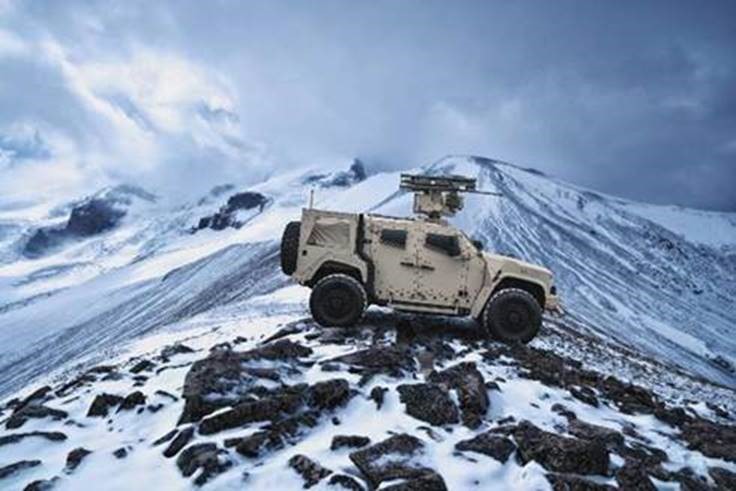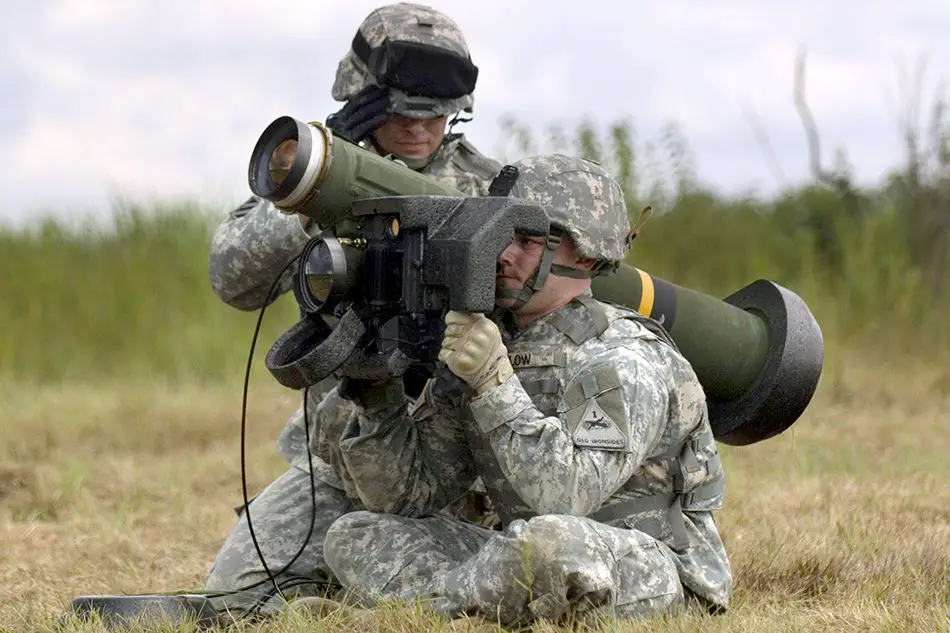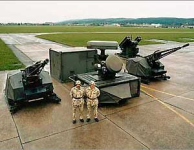Tanks and crews working in practiced coordination with each other and using the Mark1 Eyeball to identify targets and assess the situation, in real time, are hard to beat. It takes a well equipped and dedicated enemy to take that kind of attack on.
We can take the ground, but only the infantry can hold it.
And infantry can only hold it if it has the tools to do it. Those tools these days are, apparently, drones, ATGMs, shovels, mines and the guns to cover the obstacles.
Not all of those guns need to be on tracks. Not all of those guns need to be attached to vehicles that carry passengers. Not all of those guns need to be manned.
Having a battle on the monitor, like you're playing World of Tanks, is still a bit of a ways off.
It is indeed a bit of a ways off. But there are not many weapons systems out there these days that do not have monitors and more and more of them are talking to each other.
Also A Bradley crew is much harder to turn against its owners than a UGV which can be hacked.
Unmanned does not mean unattended. It means separation between the operator and the system to increase the operator's chances of survival.

This was from 1985 or thereabouts. A Swiss gunner firing an Oerlikon by means of a monitor. There is nothing to stop that monitor being moved back into a trench with overhead protection and connected by coax cable or fibre-optics to the gun.

Equally there is nothing stopping applying those M230/XM914 RWS turrets to the Themis UGV, as has been done for the Thai army and supplying them to the Weapons/Heavy/Support Company of a motorized light infantry battalion.
| Specifications | |
|---|
| Mass | 1,630 kg (3,590 lb) |
|---|
| Length | 240 cm (94 in) |
|---|
| Width | 200 cm (79 in) |
|---|
| Height | 115 cm (45 in) |
|---|
| |
Main
armament | LMG, HMG, 40mm AGL, 30mm autocannon, ATGM, loitering munition launcher (Combat variant) |
|---|
| Engine | Electric engine, diesel generator |
|---|
| Payload capacity | 1,200 kg (2,600 lb) |
|---|
| Drive | Tracked |
|---|
| Ground clearance | 60 cm (24 in) |
|---|
Operational
range | 1.5 km (0.93 mi) |
|---|
| Maximum speed | 20 km/h (12 mph) |
|---|
The intent is not to have them running around the field independently. The intent is to have them move into and out of cover, into and out of battery and jockey between firing positions without exposing the gunner to enemy fire.
The Themis UGV with full Payload would weigh 2.8 tonnes. A Ford F250 could easily haul a pair of them on a beaver-tail trailer. A Cormorant or a Cyclone could both lift one externally and might be able to transport one internally. A Chinook could lift a pair of them. A Herc could drop them on JPADs.
This would make your light infantry more effective permitting them to secure more ground with fewer people AND freeing up LAVs and Bradleys for manoeuvre. They could be kept further to the rear for use en masse with the Leos.








